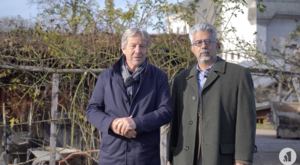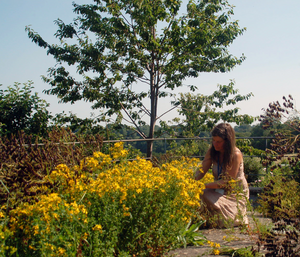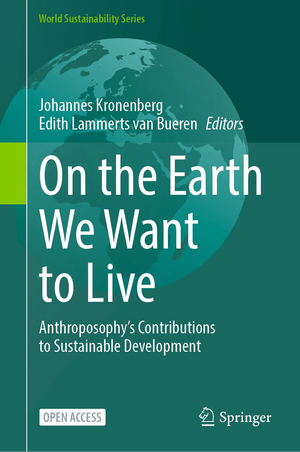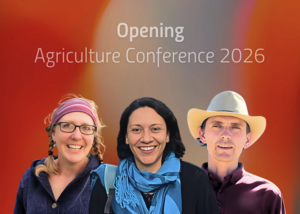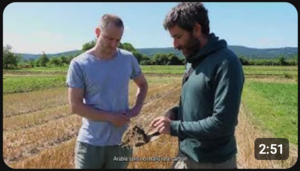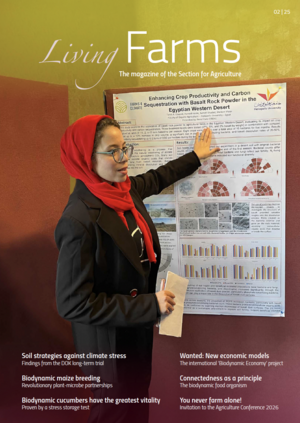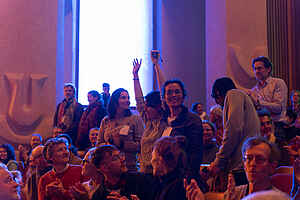News
Reference
Welcome to the Agriculture Conference 2026
You never farm alone. Living Communities for the Future.
Asia Biodynamic Conference and Trainers Meeting 2025
With the support of the Section for Agriculture at the Goetheanum, the Biodynamic Demeter Federation, and multiple regional biodynamic and farmer…
How the land heals, and how our senses are nourished
Input on research theme to the panel discussion at the Ruskin Mill conference Food, Land and Nourishment, 04 – 06 July, 2025 in Nailsworth, Stroud UK
Reimagining Human Potential Through the Farm
How can farms help us rethink leadership, organisational culture, and the future of our institutions? In this session, two complementary approaches…
Christmas dinner with the in-laws
Christmas dinner with the in-laws affects the gut microbiome. This was investigated by a research group. Surprisingly, they found that spending time…
New Publication: On the Earth We Want to Live
Anthroposophy’s Contributions to Sustainable Development
Video on the DOK trial: Soil strategies against climate stress
Impressive findings from the DOK long-term trial
Hans Martin Krause works at FiBL and is the head of the DOK trial in Therwil (What is the DOK trial?…
The programme for the Agriculture Conference 2026 is now available
Get your tickets now
